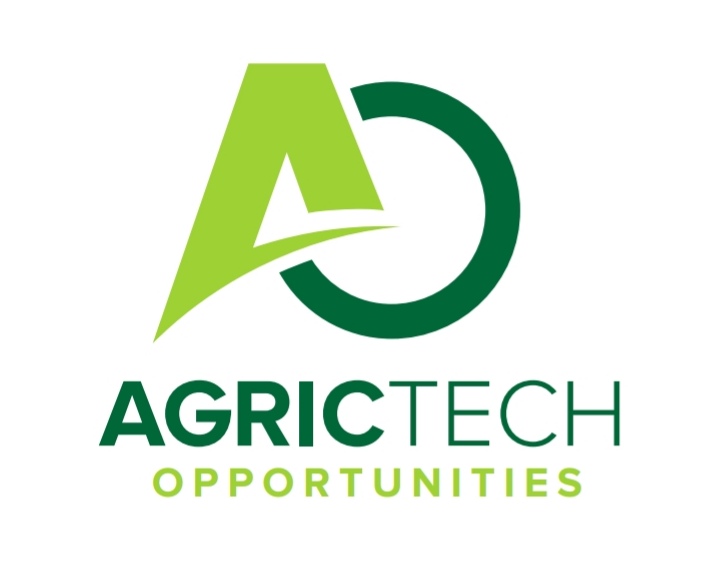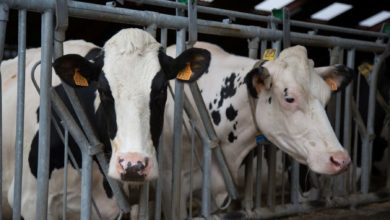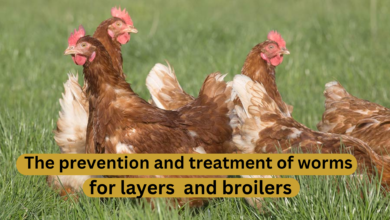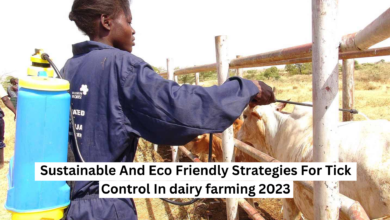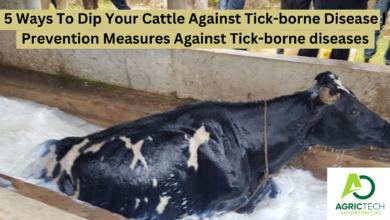Approved Factors Influencing Fertility In Dairy Cattle 2023
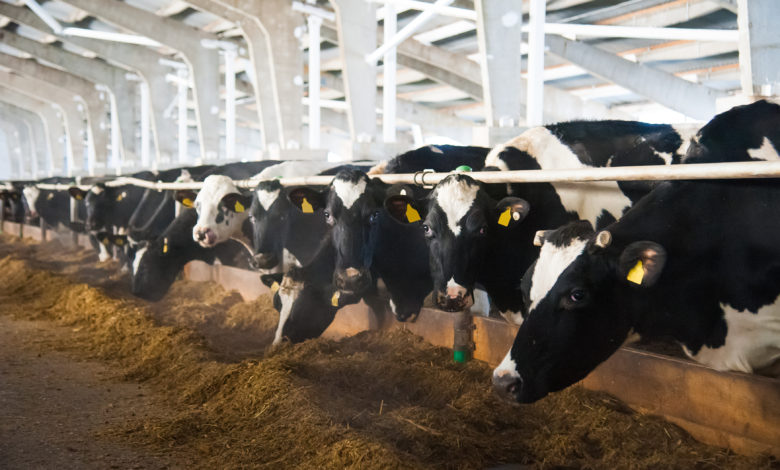
Host
Animal Health
Target Audience
Dairy Farmers
Introduction
Fertility is the quality of being able to produce young. There are several factors that can influence fertility in dairy cattle. These include genetics, nutrition, management practices, reproductive diseases, and environmental factors. Infertility is the failure of a couple to conceive a pregnancy after trying to do so for at least one full year.
Genetic factors play a significant role in determining fertility, as certain breeds may have higher fertility rates than others. Nutrition is also crucial, as a balanced diet with adequate energy and nutrients is necessary for optimal reproductive function.
ALSO READ: Approved Feeding Systems For Dairy Calves And Heifers 2023 Guide
The confusion
•Inability to conceive (sterility) vs delay in conception (infertility)
•Primary infertility (30%): Animal has never conceived
•Secondary infertility (70%): Animal conceived before but not in the past 12 months
Female fertility requirements
Functional reproductive anatomy and physiology. Normal immunologic responses to accommodate sperm, conceptus and supports fetal survival. Adequate nutritional and health status to maintain nutrition and oxygen supply to placenta.
Calving disorders
•Dystocia
•Paralysis
•Prolapsed Uterus
•Retained Placenta
•Metritis
•Milk fever
Dystocia is difficulty with calving which happens when there is no progress after calf in the birth canal.
Reasons
▫Calf not presented properly
▫Large calf
▫Twins
▫Milk fever
Diagnosis
ALSO READ: Approved Guide To Dairy Calf Rearing 2023| Colostrum substitute|
•Vaginal Exam
•Must recognize proper presentations
•Front- 2 front legs, head
•Rear- 2 rear legs
•“Spine to spine”
•ALWAYS clean before examination
Dystocia Image

Causes of Dystocia
Dystocia, or difficult calving, can be caused by various factors.
•Ranges from breeding genetics and nutrition to management of the cow or heifer during delivery
•Breeding – genetics through birth weight and heifer development.
•Over conditioned dam – too much fat around the pelvis can lead to a small birth canal.
•Malformation of the calf or the dam. Shortened or lengthened gestation.
Some common causes include fetal malposition or abnormal presentation, inadequate pelvic size or shape in the dam, excessive fetal size, uterine inertia, or maternal health issues.
•Heifers often have dystocia because the birth canal (mainly the vagina and vulva) does not stretch enough for the calf to be delivered.
•Fetal-maternal incompatibility (the fetus is too large or the cow’s pelvis is too small)
•Malposition – infrequent cause of dystocia; occurs in less that 4% of all calvings in beef animals, but may be more frequent in dairy animals. These factors can lead to complications during the calving process, making it difficult for the calf to be born naturally.
ALSO READ: All You Need To Know About Dairy Milk Quality 2023 Addition
Other diseases – i.e. Milk Fever where there is a decrease in calcium which will decrease muscle tone causing the cow to become too weak to push out the calf, or uterine torsion where the cervix is twisted.
Treatment
Treatment options will depend on the specific cause of dystocia. In some cases, medical interventions such as administering oxytocin or providing pain relief may be necessary. It is important to consult with a veterinarian for proper diagnosis and treatment of dystocia in dairy cattle.
•Assisted pulling
•Correct problems in presentation
•Consider veterinary help
Prevention
•Breed heifers of proper size,
•Calving ease bulls
•Frequent observation- better to check cow and ask for unnecessary help than have a dead cow
•You should have a target body condition score of 3.25-3.5
•Maintain a normal ca balance in the cows. This may be accomplished by feeding anionic salts and extra calcium prior to calving
•Always check for second calf
ALSO READ: Understanding Fish Reproduction And Spawing Process 2023
Diagnosis and Treatment:
Diagnosing dystocia typically involves a physical examination of the cow and assessing the progress of labor. In some cases, veterinary assistance may be required to manually reposition the calf or perform a cesarean section if necessary.
Proper management practices, such as maintaining a clean and comfortable environment, regular health checks, and appropriate breeding protocols, can also impact fertility. Reproductive diseases, such as uterine infections or hormonal imbalances, can negatively affect fertility. Lastly, environmental factors like temperature, humidity, and lighting conditions can influence reproductive performance in dairy cattle.
For more updates On Agric Tech Opportunities kindly join the social groups below:
| Join Our Whatsapp Group| Follow us on Linkedin | Also, Follow us on Twitter. |
God bless and All the best !!
